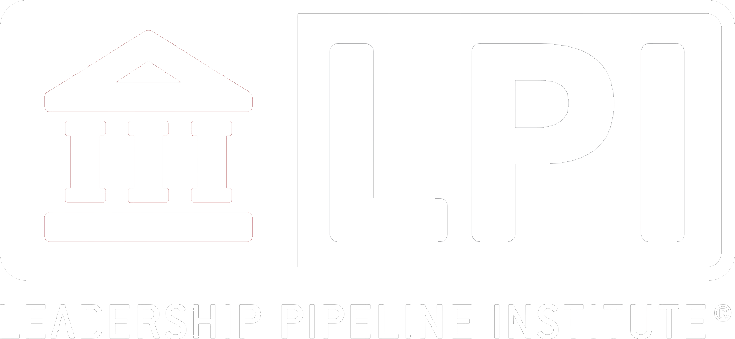
Checklist for Your Change Management Approach
How do you know if your change management approach is set up to succeed?
Using the Prosci change management methodology as a foundation, they have created an easy-to-use Checklist for Your Change Management Approach you can use on your initiatives and changes. In this checklist, you will examine these elements of your change management strategy:
- Change management planning
- Sponsorship
- Communication
- Coaching
- Resistance management
- Training
- Reinforcement
Use this checklist (link for download at the end of post) to prepare for upcoming initiatives, analyze progress on current initiatives, and discuss change management with others.
Change management planning
A structured approach to change management was cited as the number two contributor to success in the Best Practices in Change Management – 2016 Edition. Further analysis of the data shows a direct correlation between the use of a structured methodology and change management effectiveness, and change management effectiveness is directly linked to project success.
Keys to implementation:
- Use a structured and planned approach
- Ensure that you have the necessary resources
- Begin your change management activities at the beginning of the project, not as an afterthought or add-on
Sponsorship
Sponsorship was cited as the top success factor in each of the last nine benchmarking studies, over twenty years of research with more than 4,000 participants from 82 countries around the world. In the latest study, over half of all participants rated their sponsors’ understanding and execution as less than adequate.
Keys to implementation:
- Don’t assume your sponsors know what it means to be an effective sponsor of change – there are often gaps in sponsor knowledge
- Remember that sponsorship is more than signing a name at the bottom of a project charter; it involves active and visible participation with the project team, employees and other senior leaders
Communication
Communication will be critical for building awareness and desire to changes. Frequent and open communication was cited as the number six critical success factor in the 2016 Edition of the Best Practices in Change Management.
Keys to implementation:
- The most effective communication is face-to-face, so don’t rely exclusively on ‘broadcast’ forms of written and electronic communication
- Involve both key senders of change messages:
- Senior business leaders for messages about the impact of the change on the organization
- Immediate supervisors for messages about the impact of the change on the individual and What’s In It For Me (WIIFM)
Coaching
The role of immediate supervisors during change is critical – they are the preferred sender of messages about how the change impacts an individual, and they play a central role in identifying and managing resistance. Middle managers were cited as one of the main resistors to change in the last benchmarking report. Engaging them as coaches helps to address some of the main causes of manager resistance.
Keys to implementation:
- As with sponsors, don’t assume that managers know what it means to be an effective coach – even some of the best managers are not effective change managers without the proper knowledge and support
- Give coaches the information they need to be the senders of key messages about how the change will impact individuals
Resistance management
Resistance to change by employees and managers has been cited as the top obstacle to project success in the last nine benchmarking studies. The most common reasons for resistance are not tied to the solution you are implementing – they are often related to the current state and the (mis)information in the organization.
Keys to implementation:
- Be proactive about managing resistance by identifying what it might look like and where it might come from
- You can often prevent or mitigate the most common causes of resistance by simply thinking through your change management activities earlier in the change lifecycle
Training
Training is a vital part of building knowledge on how to change and ability to change. Many change practitioners are heavily involved in the training portion of a project, so rely on best practices when planning and facilitating your training.
Keys to Implementation:
- Focus on planning and design (including training needs assessments and involvement with impacted audiences), as this was listed as the top success factor for project-specific training
- Make sure your training is delivered at the right time, when employees are in the knowledge and ability stages of the ADKAR Model
Reinforcement
If people revert back to the old way of doing things after implementation, you have not only wasted time and resources, but your solution does not generate the benefit (or ROI) that you expected. While reinforcement is often overlooked, it is the bridge between the period of change (the transition state) and how things will be done after implementation (the future state).
Keys to implementation:
- Be proactive, systematic and explicit when developing the mechanisms to reinforce the change
- Engage sponsors and coaches in reinforcement as they will be keys to creating the expectation that change will be maintained
Use the Checklist for Your Change Management Approach to be proactive, systematic and thorough in your change management work. The people side of your change is too important to be left up to chance, and you can accelerate change and minimize the disruption by thinking ahead and using a structured approach.
Download checklist from HERE
This blog post was originally published by Tim Creasey in Proci blog.




